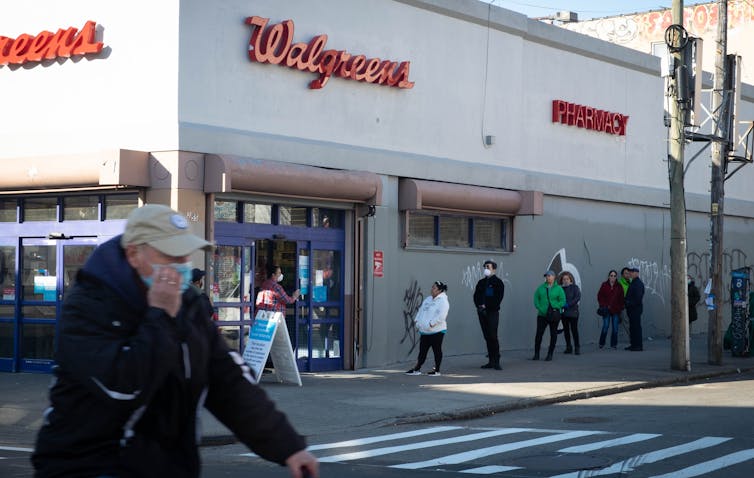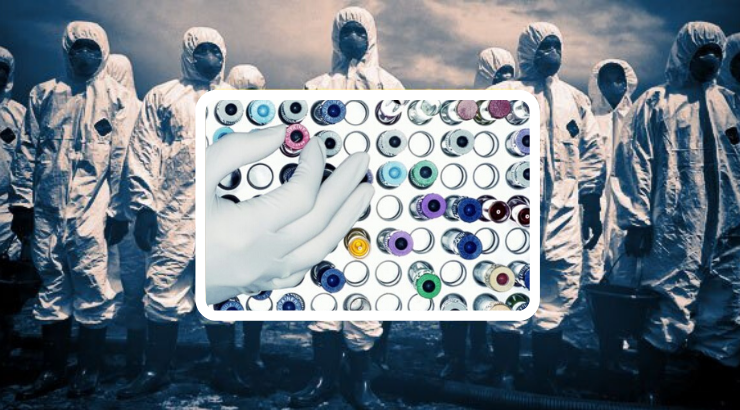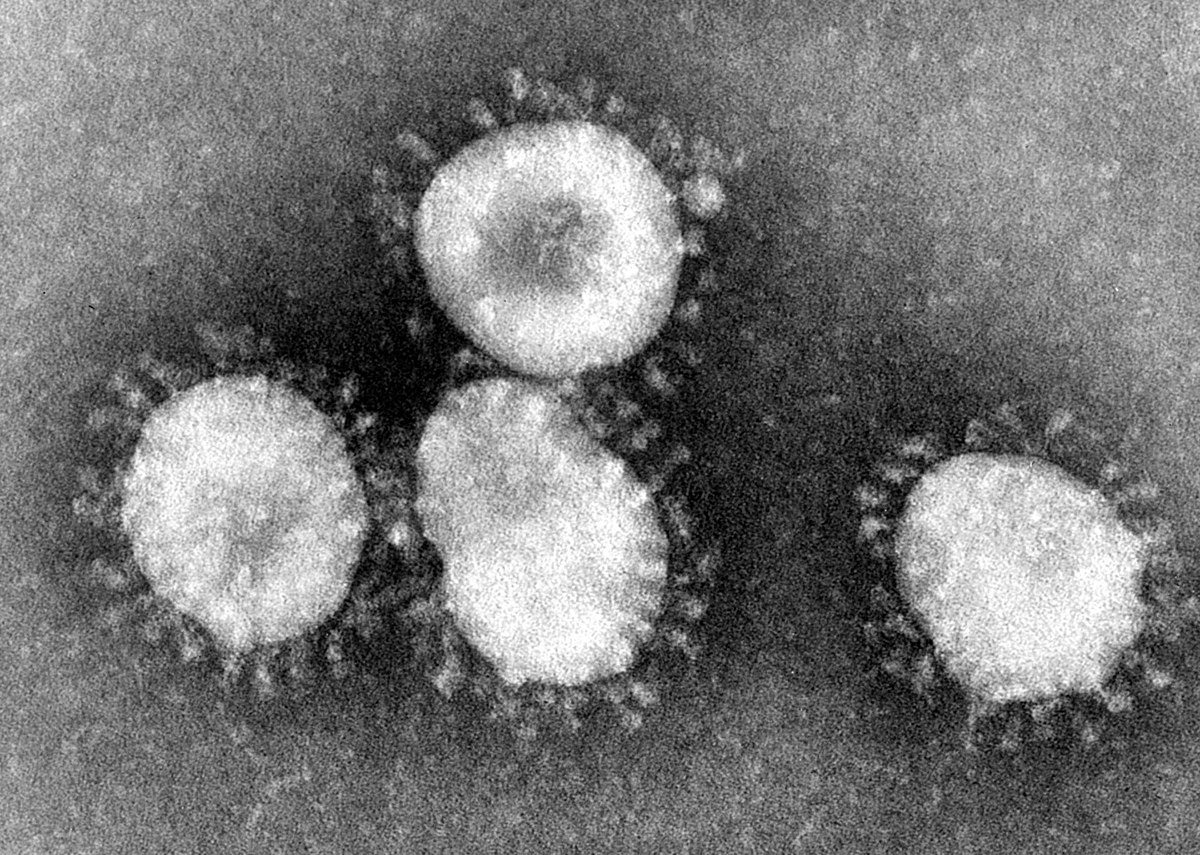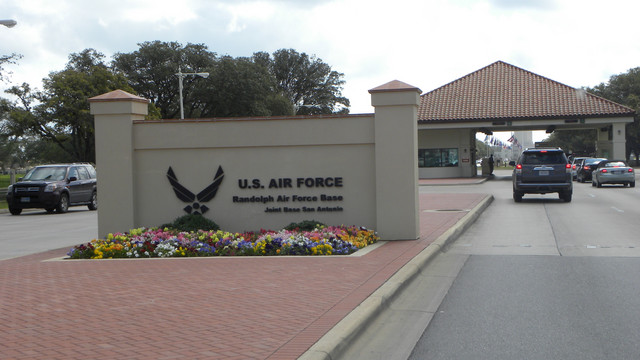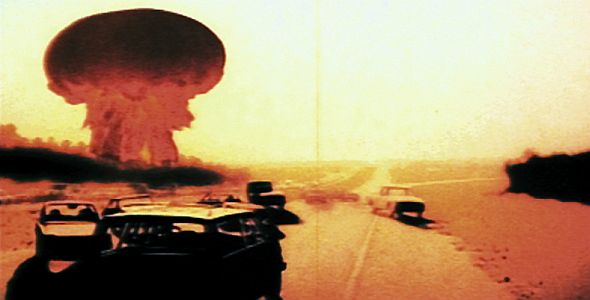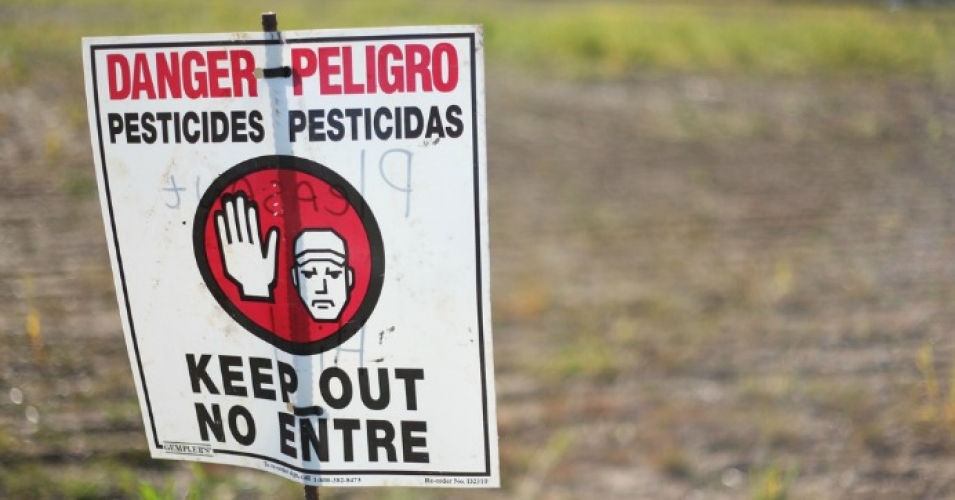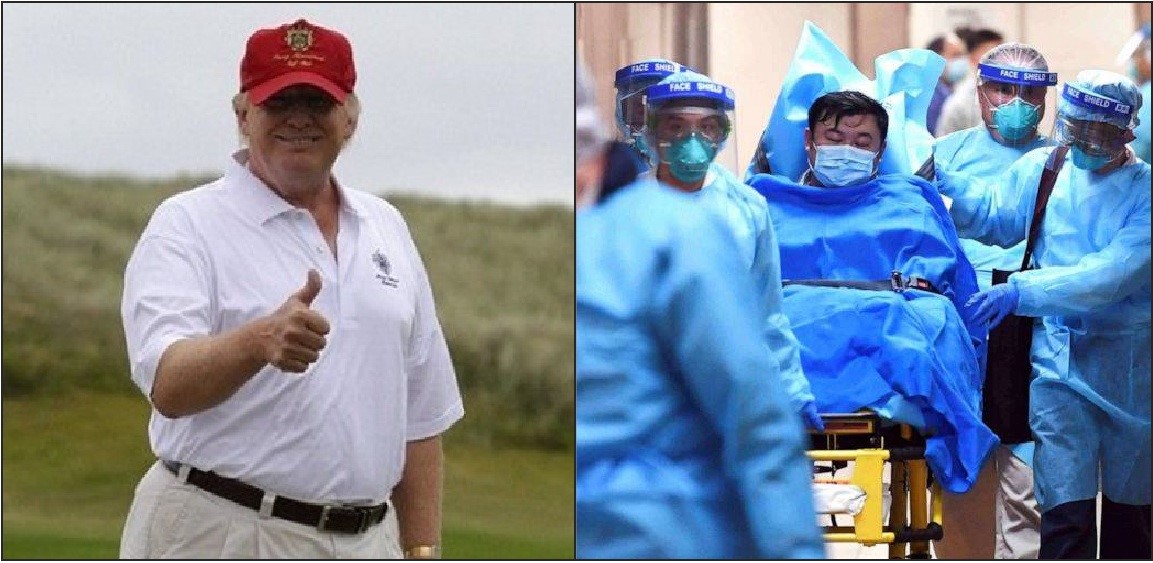 In order to understand how the COVID-19 virus has spread so far across the American landscape, one must study the timeline. In science, this is called looking at the model. We’ve heard a lot about looking at models – but this is the one you are not supposed to notice.
In order to understand how the COVID-19 virus has spread so far across the American landscape, one must study the timeline. In science, this is called looking at the model. We’ve heard a lot about looking at models – but this is the one you are not supposed to notice.
You are not supposed to see a clear pattern of first denial, then feigned victory. You are not supposed to see the total lack of leadership, the inability to use resources to solve problems, even lacking the ability to admit the destruction this virus could cause was grossly underestimated.
So here we are, America. Our health care system is failing with health care professionals becoming sick because they are unable to get the personal protective equipment they need that is mandated. Our food supply is at risk as workers are either afraid or too sick to plant, harvest or process our food. Small businesses in rural communities will never reopen, further damaging the farmer and small towns across rural America. And come November, we are supposed to believe “he” alone has saved us from a fate worse than death – not allowing him to have things his way. What makes you sickest? This “model” or COVID-19?
Dec 18th – House Impeaches Trump
Jan 8th – First CDC warning
Jan 9th – Trump campaign rally
Jan 14th – Trump campaign rally
Jan 16h – House sends impeachment articles to Senate
Jan 18th – Trump golfs Jan 19th – Trump golfs
Jan 20th – first case of corona virus in the US, Washington State.
Jan 22nd – “We have it totally under control. It’s one person coming in from China. It’s going to be just fine.”
Jan 24th – Trump’s economic adviser Peter Navarro warned his White House colleagues the novel coronavirus could take more than half a million American lives and cost close to $6 trillion.
Jan 28th – Trump campaign rally
Jan 30th – Trump campaign rally
Feb 1st – Trump golfs
Feb 2nd – “We pretty much shut it down coming in from China.”
Feb 5th – Senate votes to acquit. Then takes a five-day weekend.
Feb. 10th – Trump’s new budget plan is released, including $844 billion in cuts to health care and related research over a decade
Feb 10th – Trump campaign rally
Feb 12th – Dow Jones closes at an all time high of 29,551.42
Feb 15th – Trump golfs
Feb 19th – Trump campaign rally
Feb 20th – Trump campaign rally
Feb 21st – Trump campaign rally
Feb 24th – “The Coronavirus is very much under control in the USA… Stock Market starting to look very good to me!”
Feb 25th – “CDC and my Administration are doing a GREAT job of handling Coronavirus.”
Feb 25th – “I think that’s a problem that’s going to go away… They have studied it. They know very much. In fact, we’re very close to a vaccine.”
Feb 26th – “The 15 (cases in the US) within a couple of days is going to be down to close to zero.”
Feb 26th – “We’re going very substantially down, not up.” Also “This is a flu. This is like a flu”; “Now, you treat this like a flu”; “It’s a little like the regular flu that we have flu shots for. And we’ll essentially have a flu shot for this in a fairly quick manner.”
February 27th: – “One day it’s like a miracle, it will disappear.”
Feb 28th – “We’re ordering a lot of supplies. We’re ordering a lot of, uh, elements that frankly we wouldn’t be ordering unless it was something like this. But we’re ordering a lot of different elements of medical.”
Feb 28th – Trump campaign rally
March 2nd – “You take a solid flu vaccine, you don’t think that could have an impact, or much of an impact, on corona?”
March 2nd – “A lot of things are happening, a lot of very exciting things are happening and they’re happening very rapidly.”
March 4th – “If we have thousands or hundreds of thousands of people that get better just by, you know, sitting around and even going to work — some of them go to work, but they get better.”
March 5th – “I NEVER said people that are feeling sick should go to work.”
March 5th – “The United States… has, as of now, only 129 cases… and 11 deaths. We are working very hard to keep these numbers as low as possible!”
March 6th – “I think we’re doing a really good job in this country at keeping it down… a tremendous job at keeping it down.”
March 6th – “Anybody right now, and yesterday, anybody that needs a test gets a test. They’re there. And the tests are beautiful…. the tests are all perfect like the letter was perfect. The transcription was perfect. Right? This was not as perfect as that but pretty good.”
March 6th – “I like this stuff. I really get it. People are surprised that I understand it… Every one of these doctors said, ‘How do you know so much about this?’ Maybe I have a natural ability. Maybe I should have done that instead of running for president.”
March 6th – “I don’t need to have the numbers double because of one ship that wasn’t our fault.”
March 7th – Trump golfs
March 8th – Trump golfs
March 8th – “We have a perfectly coordinated and fine tuned plan at the White House for our attack on CoronaVirus.”
March 9th – “This blindsided the world.”
March 13th – [Declared state of emergency]
March 17th – “This is a pandemic,” Mr. Trump told reporters. “I felt it was a pandemic long before it was called a pandemic.”
March 18th – “It’s not racist at all. No. Not at all. It comes from China. That’s why. It comes from China. I want to be accurate.”
Mar 19th – “We’re not a shipping clerk.” Trump tells governors to step up their efforts to get medical supplies from the open market, while FEMA begins seizing the orders states place.
March 23th- Dow Jones closes at 18,591.93
March 25th – 3.3 million Americans file for unemployment.
March 30th – Dow Jones closes at 21,917.16
March 31st – Frank Gabrin becomes the first ER doctor in the US to die from COVID-19
April 1st – Over 4,000+ Americans have died from the corona virus.
April 2nd – 6.6 million Americans file for unemployment.
April 3rd – Secret Service signs “emergency order” for golf carts at Trump’s Virginia Golf Club location
April 6th – The Trump administration quietly invoked the Defense Production Act to force medical suppliers in Texas and Colorado to sell to it first — ahead of states, hospitals or foreign countries.
April 8th – The Centers for Medicare & Medicaid Services, citing a need to focus on the COVID-19 pandemic, temporarily halts some efforts to recover hundreds of millions of dollars in overpayments made to Medicare Advantage health plans.
April 9th – Another 6.6 million file for unemployment.
April 13th – White House Coronavirus Task Force briefing devolves into disinformation and defense of Trump’s actions.
April 13th – USA leads the world while testing less than 1% of the population. At press time, the US have tested only 2,935,006 people. Of those, 582,607 are diagnosed with COVID-19. 23,628 Americans are dead. Only 44,261 have recovered.
April 13th – Capt. Brett Crozier is in quarantine after testing positive for the coronavirus. Over 580 of the USS Theodore Roosevelt’s crew of 4,800 tested positive as of Sunday, according to the Navy. Nearly 4,000 of the crew members have since evacuated the ship into Guam, where many of them are under quarantine in hotels. Today, one of the sailors died.
Editor’s Note: In order to best understand the fray between reality and Trump’s view, please read this and this.


